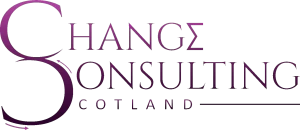The 9-Step Change Cycle| Step 6

In the dynamic environment of today’s business world, change is not just a constant, but a necessity for survival and growth. Organisations that adapt and successfully navigate the waves of Change often emerge stronger, while those resistant to adaptation may find themselves struggling to stay afloat. One key step to successful Change lies in understanding and rethinking Governance.
The methodology adopted by Change Consulting Scotland, The 9-Step Change Cycle, is a hybrid of Kotter’s 8 Step Change Model, Lean Six Sigma and the knowledge our team has gained through 30 collective years of experience in Change Management. This article is Step 6 in the series, where the steps prior cover The Urgent case for Change, Lead from the Top, Develop Full Vision, Communicate Communicate Communicate, and Assemble your Agents of Change.
To successfully navigate Change, organisations must re-evaluate their current governance structures, ensuring they support rather than hinder the desired changes. Embracing a “lightened” governance approach during times of change is often a deviation from the norm but is an effective strategic move that maintains momentum, facilitating a successful Change project.
Reshaping Ice
To help bring the abstract into reality, we will use the example of reshaping a block of ice, which remains useful since Lewin’s Change Management theory, which was first shared in the early 1900’s. Read on for a closer look at the steps of Unfreezing, Reshaping, and Refreezing ice, including some tools and techniques, plus a case study in ERP implementation for a state-of-the-art organisational improvement context.

Step 1 | Unfreezing the Ice
Imagine an organisation as a block of ice, with its established processes and routines forming the shape. The first step in Change is to “unfreeze” — for the purposes of rethinking governance, we can also call this “breaking the status quo”. This is the most challenging phase, disrupting the familiar and creating a sense of uncertainty.

To effectively break the status quo, it is crucial to communicate a compelling message that explains why the existing ways of doing things cannot continue. This message should be grounded in the realities of the business, emphasising the necessity for change. Moreover, maintaining empathy to employee concerns and addressing them in the context of the need for change builds trust and fosters the buy-in essential for a successful Change project.
This stage shares common themes with Steps 1, 2, 3 ,4 & 5 in our Change cycle: a deliberate focus on communication throughout the team and a transparent understanding of why Change is necessary, plus the rewards that everyone is likely to reap.
Stage 2 | Reshaping the Ice
Once the ice is melted, the Change stage has begun. Here, individuals and teams start to find new ways of doing things that correlate to the pre-defined vision, resolving the uncertainty created during the unfreezing process.

Time and effective communication are the key factors of this stage, requiring considerate and hands-on management to guide employees through the transition. Open and honest communication becomes paramount and answering questions transparently, addressing problems promptly, and aligning the need for change with operational necessities help build a supportive and encouraging environment.
This is a period that demands patience and commitment, as people need time to understand the changes and feel connected to the organisation throughout the transition.
Step 3 | Refreezing
In essence, this stage is where you rebuild a new status quo and the changes are made a permanent fixture. As the changes take shape and employees embrace new ways of working, the organisation enters the Refreeze stage.

Here, the objective is to ensure that the changes become an integral part of everyday business, creating a new sense of stability. To achieve this, celebrating the success of the change is crucial. Recognizing and appreciating the effort put in by employees during the challenging transition not only fosters closure but will also instil confidence in future change initiatives.
In the context of Change Management, a rethink of governance is essential. Typically, governance structures are designed for steady-state operations, meant to control and maintain established processes. However, when an organisation is undergoing Change, a “lightened” governance approach becomes necessary. Breaking away from the norm is vital for preventing the prior steps from getting bogged down, ensuring that no momentum is lost.
Case Study | Implementation of ERP Software
Let’s explore how an organisation would undergo a successful transformation to implement Enterprise Resource Planning Software (ERP) into its operations, using the ice cube steps outlined above!

1. Unfreeze: Understanding that Change is needed
- Recognition of the benefits that ERP implementation brings: Acknowledging that through the integration of ERP software, processes will become more transparent and streamlined, reducing manual efforts and minimising the risk of errors.
- Communication of Urgency: Knowledgeable individuals in relevant operations, sales, finance and tech/software roles identify and communicate the urgency for implementing ERP, emphasising the transformative impact it can have on the efficiency of processes, accuracy of reporting and innovation within the organisation.
- Leadership Involvement: Company leaders actively engage with teams to articulate the vision for ERP integration, promoting the Change and the subsequent advantages.
|Top Tips & Techniques
|| Process Mapping. Map out the process as it currently stands (our team use a combination of Lean and Swimlane mapping methodologies, depending on the size and complexity of the organisation). This helps all stakeholders recognise any gaps and overlaps of knowledge and activity. By solidifying what the current process looks like, bottlenecks and other inefficiencies also become transparent. This leads to opportunities for highlighting key metrics that determine how the implementation of ERP software could impact current Key Performance Indicators (KPI’s)!
2. Change: Implementing ERP
- Time and Communication: Staff at the senior end of the organisation’s hierarchy invest time in training programs to ensure employees understand the fundamentals of ERP and how it will be used within the team. Leaders adopt a transparent approach to communication, addressing concerns and aligning teams with the company’s vision for ERP integration.
- Hands-On Management: Executives take a hands-on approach, guiding teams through the implementation process, addressing challenges, and ensuring a smooth transition to the new way of working.
- Celebrating Success: Members of the team celebrate a successful ERP implementation, together acknowledging individuals for their efforts in adapting to the new technology. Recognition of the positives fosters a positive culture and motivates employees. Leaders also offer an understanding of any further concerns that employees have and take the time to address them appropriately. Recognition fosters a positive culture and motivates employees. Leaders offer an understanding of any further concerns that employees have and should take the time to address them appropriately.
| Top Tips and Techniques
|| Leaders should adopt a transparent approach to communication. This will help when addressing concerns and aligning teams with the company’s vision for ERP integration. You can find more information specific to communication in Step-4 of this series. Any smaller wins along the way should also be identified and shared. This will motivate employees to continue supporting the Change.
|| Dedicate time for meetings/calls that are specific to the implementation project so that employees have the opportunity to raise their voice. This helps ensure that team members are empowered to stick to the change vision, rather than allowing the normal tasks of running the business to override the time and effort required to make change happen.
|| Incorporating Jira boards into your Lean Sigma (LS) approach improves visibility of processes, minimises time wasted on unnecessary or duplicated actions, encourages decisions based on data, and speeds up the pinpointing and solving of bottlenecks, guaranteeing a nimble and effective project delivery. Our team are Jira experts — should you wish to find out any more about tools that can assist a LS based project, please get in touch!
3. Refreeze: Making ERP Part of the Norm
- Integration into Everyday Operations: ERP is seamlessly integrated into everyday workflows, becoming an essential component of daily operations. This often means temporary intensive support measures after a Go Live, phasing into standard support protocols.
- A New Approach to Decision Making: Improved Decision-Making: The ERP software provides real-time access to comprehensive data across departments, facilitating informed decision-making. This allows organisations to respond swiftly to market changes, customer needs, and internal demands.
|Top Tips & Techniques
|| Mind your Metrics! When we make Changes, we make sure they stick! The metrics that were adopted in the early phases are crucial — we use control charts to measure progress, and interactive dashboards that have actionable tasks to track whether a task is or is not being carried out.
|| Dedicated Training. If your staff are confused about happening, then no change happens, or worse, the wrong change happens. Training people to use new tools and protocols is the difference between successful change over a long period of time, or an unrealised change dream.
What Next?
Organisations that invite and master the art of unfreezing, changing, and refreezing with thoughtful governance will not only survive change but thrive in the face of it.
The next stage in this series is ‘Celebrate Early Wins’. Step 7 will take a closer look at the important role that motivation plays, helping to drive your change initiative. The recognition of efforts from those undergoing Change can be the difference between success and failure!
If you need help making change happen in your organisation or you feel your organisation would benefit from a process mapping workshop, please book a free 30 minute chat with us, send us a message or visit our website for downloadable resources and we can put our expertise to good use! Make sure to also follow us on LinkedIn and join the conversation!

